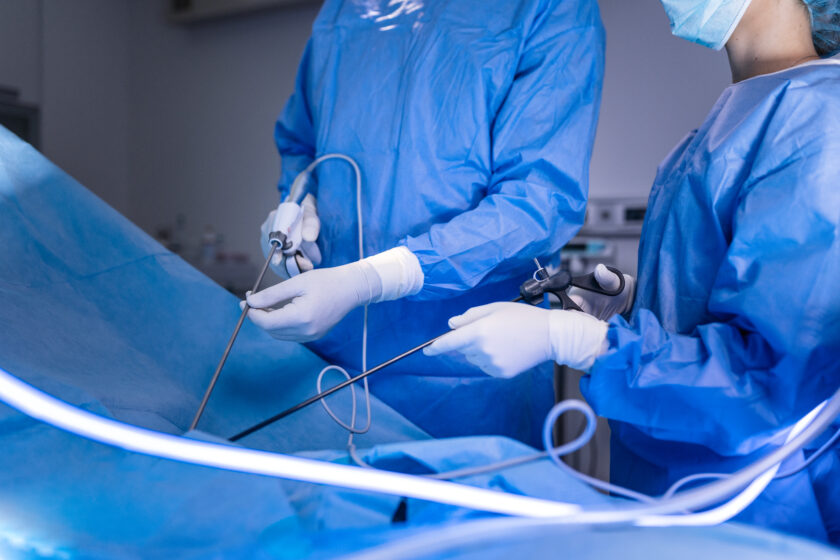
Endovascular procedures have transformed the way doctors treat vascular conditions, reducing the need for large surgical incisions and long recovery times. Globally, more than 4 million endovascular interventions are performed annually, and in India, the demand for minimally invasive vascular treatments has increased by over 30% in the past decade.
This shift reflects a growing trust in endovascular treatment as a safer and faster alternative to traditional open surgery.
For patients in Vadodara and across India, understanding what happens before, during, and after endovascular procedures helps reduce fear and ensures better preparation.
What Is an Endovascular Procedure?
An endovascular procedure is a minimally invasive treatment performed inside blood vessels using catheters, wires, balloons, and stents. Instead of making large cuts like in open surgery, an endovascular surgeon makes a tiny incision, usually in the groin or wrist, and guides instruments through blood vessels using advanced imaging technology.
There are different endovascular surgery types, including angioplasty (widening narrowed arteries), stenting (placing a small tube to keep vessels open), endovascular aneurysm repair (EVAR), and embolization (blocking abnormal blood flow). These techniques are highly effective for conditions such as peripheral artery disease, aneurysms, and varicose veins.
What to Expect Before the Procedure?
Before undergoing an endovascular treatment, patients will go through detailed medical evaluations. These usually include:
- Imaging tests such as CT angiography, MRI, or ultrasound are used to pinpoint the exact location of blockages or aneurysms.
- Blood tests to ensure there are no clotting or infection risks.
- Lifestyle advice, such as stopping smoking, adjusting medications (like blood thinners), and fasting before the procedure.
The endovascular surgeon will explain the procedure in detail, outline potential risks, and guide patients on what they should and should not do before admission. This phase is crucial to reducing anxiety and ensuring the procedure is tailored to the patient’s condition.
During the Procedure
The procedure is usually performed in a specialized endovascular hospital in Vadodara or similar advanced centers. Here’s what happens:
The patient is given either local anesthesia with sedation or general anesthesia, depending on the type of surgery.
A small incision is made in the groin or wrist.
Using fluoroscopy (real-time X-ray), the surgeon carefully navigates wires and catheters through the vessels.
Depending on the condition, balloons, stents, or coils are inserted to restore or block blood flow.
Most procedures take between one to three hours, and patients usually remain awake but relaxed. Since there are no large incisions, blood loss and infection risk are far lower than in traditional surgery.
After the Procedure
Once the procedure is complete, patients are taken to a recovery room where they are closely monitored. Common expectations include:
Short hospital stay: Most patients are discharged within 24–48 hours.
Mild discomfort at the incision site, which usually resolves within a few days.
Follow-up care: Patients are advised to avoid strenuous activity for a few days, but can return to normal routines much faster compared to open surgery.
Regular check-ups with the vascular surgeon are important to ensure the long-term success of the treatment. Lifestyle modifications such as exercise, dietary changes, and medication compliance also play a major role in recovery.
Advantages of Endovascular Treatments
Endovascular procedures offer several benefits over open vascular surgery:
- Smaller incisions and less visible scarring.
- Shorter hospital stays and faster recovery.
- Reduced pain and lower risk of infection.
- High success rates in treating vascular diseases.
According to recent data, endovascular aneurysm repair (EVAR) has a 30-day survival rate of over 95%, making it one of the safest vascular treatments available today. This highlights the effectiveness of minimally invasive vascular techniques.
Why Choose Dr. Sumit Kapadia?
For patients in Vadodara and surrounding regions, selecting the right specialist is critical. Dr. Sumit Kapadia, a leading vascular and endovascular surgeon in Vadodara, is known for his expertise in handling complex vascular cases with precision. With access to advanced facilities at one of the best endovascular hospitals in Vadodara, he ensures world-class care and excellent outcomes for his patients.
Conclusion
Endovascular treatments have changed the landscape of vascular care by offering safer, quicker, and more effective solutions. By knowing what to expect before, during, and after the procedure, patients can approach surgery with greater confidence and peace of mind.
If you or a loved one is considering endovascular treatment, consulting an experienced vascular specialist like Dr. Sumit Kapadia in Vadodara is the first step towards safe and lasting recovery.
Frequently Asked Questions
Patients can expect a short recovery period, usually 1–2 days in the hospital, followed by a return to normal activities within a week.
While it is less invasive than open surgery, it still carries risks. However, success rates are very high, making it a safe and effective option.
Most procedures take between 1 to 3 hours, depending on the complexity.
The cost of endovascular treatment in India varies based on the type of procedure, hospital, and complexity. On average, it can range from ₹1.5 lakh to ₹4 lakh.
Patients usually experience minimal discomfort due to anesthesia. Any mild pain at the incision site typically resolves within a few days.

Dr. Sumit Kapadia
MBBS, MS, MRCS, DNB-Fellow



